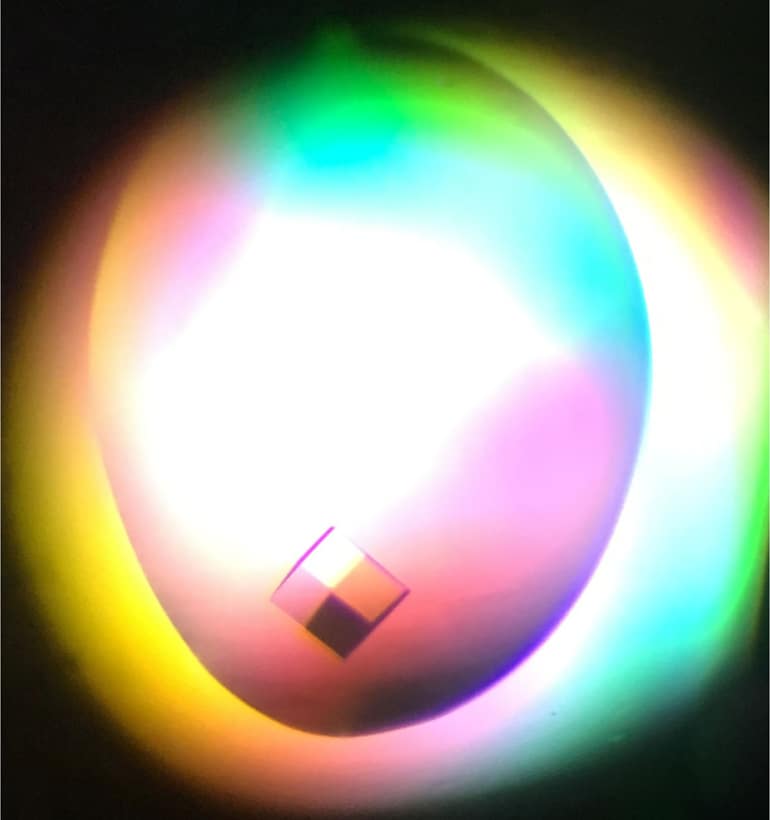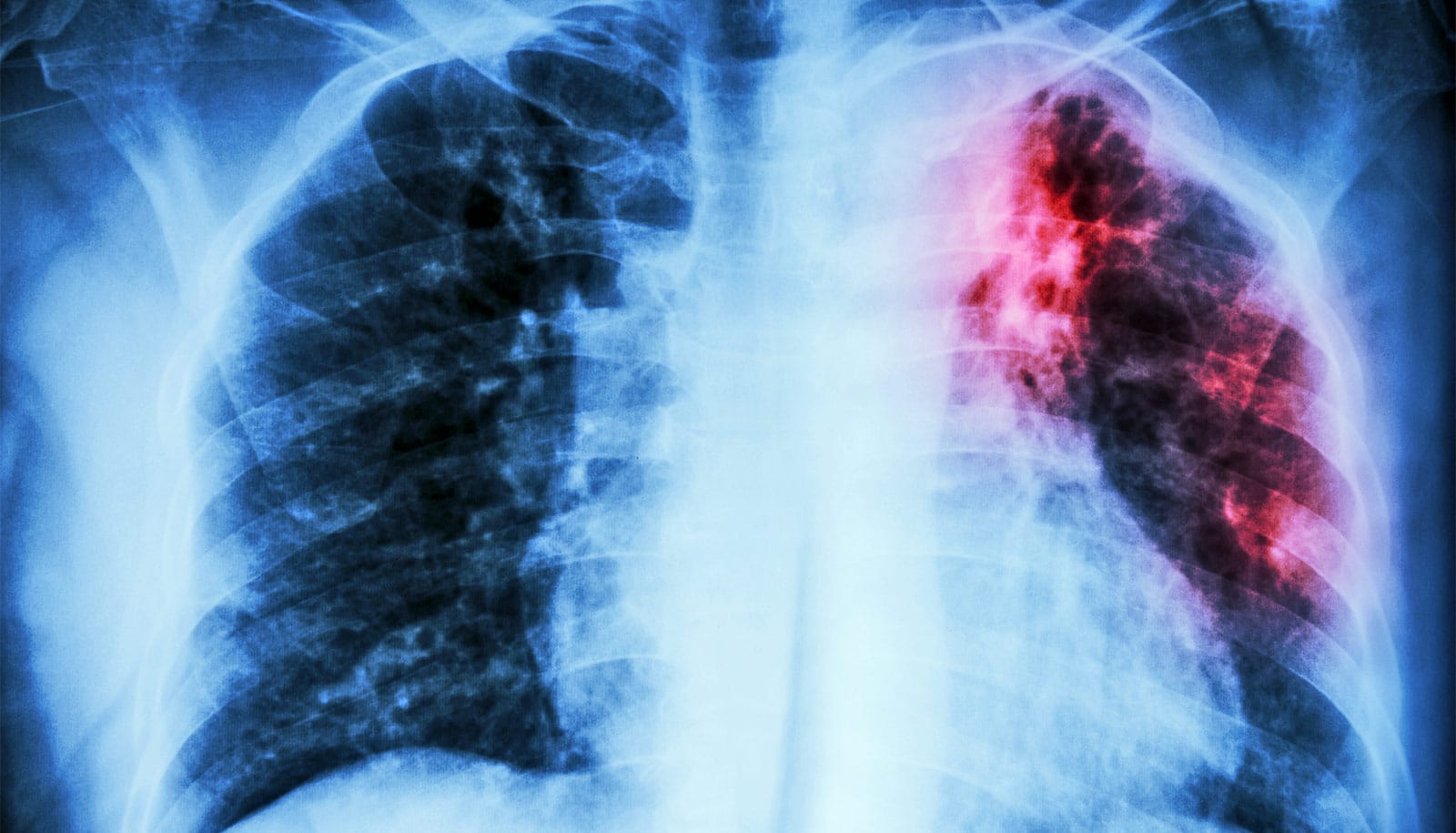The discovery of an enzyme structure in Mycobacterium tuberculosis, the bacterium that causes tuberculosis, could help eradicate the disease.
TB currently causes more deaths than any other infectious disease, including HIV and malaria.
In 2016 there were 10.4 million new cases of TB and 1.7 million people died. The rise in cases of tuberculosis that are resistant to current therapies means that there is an urgent need to develop new TB therapeutics, researchers say.
Mtb is a unique bacterium enclosed within a distinctive cell wall that is comprised of unusual sugars and lipids which protect the bacteria from the host environment.
Disruption of essential pathways involved in the assembly of the Mtb cell wall is an attractive approach for new TB drugs, scientists say. The team found a key structural motif in the tuberculosis N-acetylglucosamine-6-phosphate deacetylase (NagA) enzyme.

Attacking this structural motif through the design and exploitation of new molecules will enable scientists to inhibit this critical pathway and kill TB, they say.
Using X-ray facilities at the Diamond Light Source at the Harwell Science and Innovation Campus in Oxfordshire, the researchers got detailed molecular insights into how the NagA enzyme generates important precursors that are involved in Mtb cell wall biosynthesis and metabolism.
“Tuberculosis is a major global health problem and the current drugs that we use today are over 40 years old. It is therefore vital that we discover new therapeutic agents to combat TB,” says Elizabeth Fullam, a fellow at the University of Warwick’s School of Life Sciences.
“In our studies, we have investigated the role of an enzyme in Mtb called NagA. This enzyme is a promising drug target as it is at a crucial metabolic chokepoint in Mtb. This means that a molecule that stops the enzyme from working would be an effective strategy for a drug and therefore it is critical to understand its function.
Cancer drug may treat leaky blood vessels in tuberculosis
“Our group has identified a weak point within this protein that we can target and will now enable us to design specific molecules to block its function.”
The newly-revealed molecular image of the protein offers a platform that will allow scientists to design new drugs that will hopefully inhibit this vital pathway and kill TB, according to the study, which appears in the Journal of Biological Chemistry.
Source: University of Warwick



